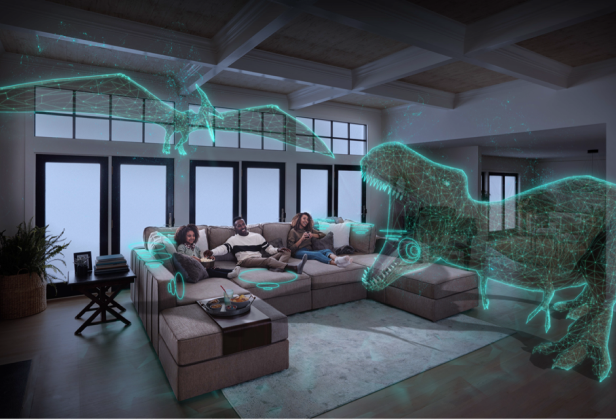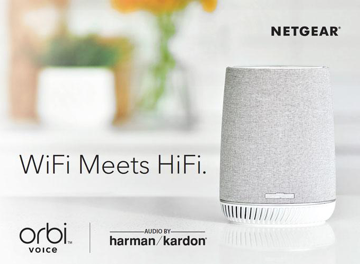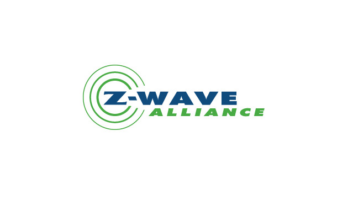
At HARMAN, sound has always been more than just audio — it’s a medium for emotion. From the early days of Dr. Sidney Harman and the launch of Harman/Kardon amplifiers, we’ve embraced the idea that music, voice, and sound are essential tools for human connection. Today, that belief continues to drive our team at HARMAN Embedded Audio (HEA), where we focus on bringing high-performance sound to partner products across industries and form factors.
Sound as a Shared Philosophy

A defining aspect of embedded audio is that we don’t produce our own end products. Instead, we work behind the scenes with companies that, like HARMAN, view sound as a vital part of the human experience, not just a functional add-on. When evaluating potential partners, this shared philosophy is one of the key qualities we look for.
Another is a commitment to excellence. We seek out partners that understand that their reputation is built on delivering reliable, high-performing products that their customers can trust. And finally, we look for companies that are leaders in their field — trusted brands known for quality. That kind of status is usually earned through a disciplined approach to product development, where quality is never sacrificed for speed.
However, that’s not to say we only work with established names. We’re also collaborating with emerging startups that show strong potential, thoughtful vision, and a disciplined philosophy. A great example is XGIMI. Just 10 years ago, they were a relatively unknown projector company in China. Today, they’re a leading name in short- and long-throw laser projectors — many of which feature Sound by Harman/Kardon.
The Collaborative Process

Unlike headline features like camera resolution or screen size, embedded audio is often a quiet contributor. It’s not meant to steal the spotlight — it’s an ingredient meant to elevate the overall product experience.
So, our role at HEA brings unique challenges. We must deeply understand each partner’s core product requirements and design our solutions to support and enrich those goals. Central to this process is the strength of HARMAN’s diverse portfolio of brands, each with its own distinct identity. We take great care to align every customer’s market, target audience, and brand energy with the ideal fit from our portfolio, creating a unified message and integrated narrative that delivers maximum impact. We bring our own set of audio performance standards to the table, but always in a way that complements — not complicates — the design.
It’s a balancing act that spans both hardware and software, from speakers and microphones to advanced digital signal processing tools. Our team collaborates across multiple verticals and touches every layer of the full tech stack, including connectivity, sensors, and mobile apps that personalize the user experience.
But before any hardware is tooled or code is written, we work with partners to define high-level goals, then translate them into specific requirements. Acoustic performance is central, but quality benchmarks are set across the board — from tolerance bands to acceptance criteria. From concept to integration, it’s a structured, methodical process that ensures nothing is left to chance.
Tailored Technology

At HEA, we don’t believe in one-size-fits-all solutions. Audio technology must be adaptable to the form factor, use case, and user expectations of each product. To do this, we draw on a versatile toolbox — ranging from high- and low-frequency speaker technologies to voice enhancement, spatial audio, and audio processing software like AudioEFX, a core engine of audio enhancement algorithms that can be tailored to a variety of applications.
Our approach begins with a unique tuning process, carried out by a team of engineers who draw on specialized skills to precisely measure and voice each product. This ensures that audio performance is optimized for its intended environment and use case. For instance, a connected light fixture might need subtle ambient sound optimization, while a ski or motorcycle helmet faces entirely different acoustical challenges. And while a motorcyclist must contend with extreme wind noise at high speeds, requiring advanced voice filtering and beamforming to ensure intelligibility, bicyclists experience different noise levels and motion, and thus have different tuning needs. Whatever the use case, AudioEFX offers the flexibility to adapt to it.
Battery life is another critical consideration. In wearable and portable products, we help partners optimize for power efficiency without sacrificing sound quality — finding that sweet spot where performance and practicality meet.
Built for the Future
As audio interfaces become more central to digital experiences, we find ourselves at the crossroads of audio and AI. With the rise of voice assistants, agents, and conversational bots, more products are relying on high-quality, real-time acoustic performance to enable natural human interaction.
These voice-driven systems require a solid audio foundation — clear input, precise tuning, and noise suppression. That’s where our decades of experience come in. We continue to build on HARMAN’s legacy, adapting our expertise to new contexts and helping partners meet the evolving demands of modern users. In doing so, we remain grounded in the human connection that has defined us from the start, carrying forward Dr. Harman’s vision to help creatives tell their stories and bring people together through the power of sound.
See also: How Context-Aware Edge AI Sensors Will Redefine Consumer Electronics













